Explore The Wine Tasting Varieties
Romeiko
Fully-sparkling dry white wine made from Romeiko is characterised on the nose by aromas of lemon blossom laced with discrete whiffs of brioche and toast and by a delicate palate of detectable yet fruity flavours and vibrant acidity.
The red Romeiko grape is the oldest variety still cultivated in the prefecture of Chania. With few anthocyanins, high alcohol potential and low acidity, it is also put to good use in the production of ‘Marouvas’, a traditional Cretan wine that is reminiscent of Sherry.
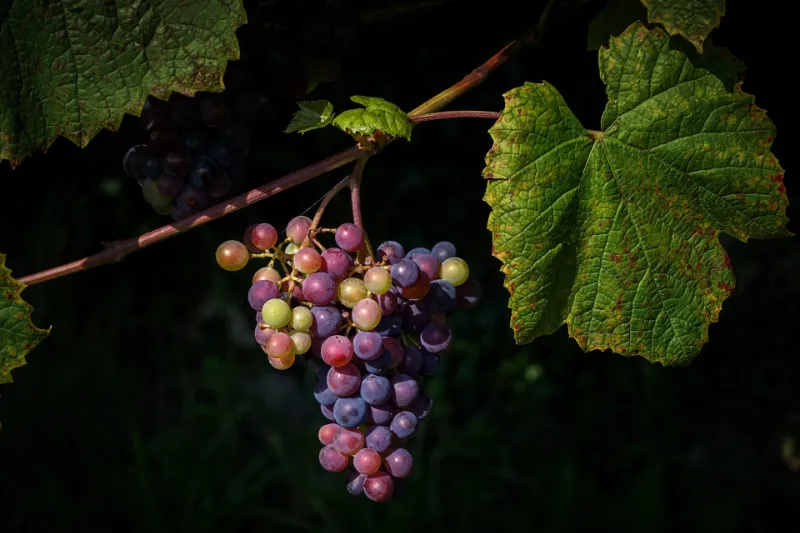
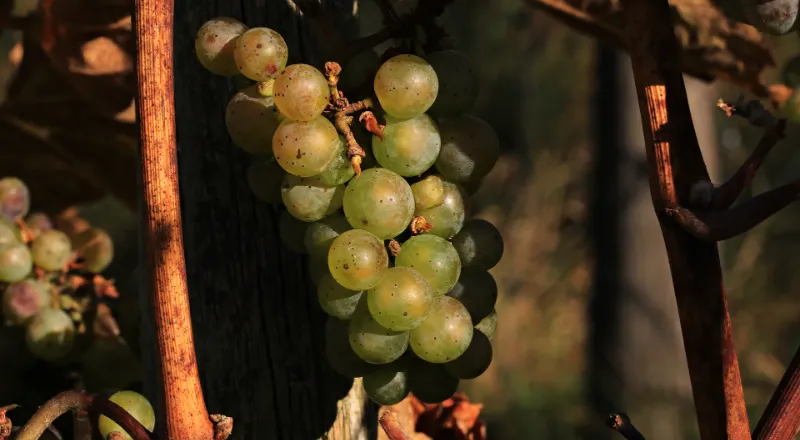
Malagousia
Characterising for the rather perfumed Malagousia variety are scents of lemon bloom and even rose petal, and flavours of white stone fruit such as pear, green apple and fresh apricot as well as grapefruit and pineapple. It commonly has a firm core and the best examples are lifted by refreshing acidity combined with mouthwatering minerality.
Malagousia was an almost forgotten Greek variety on the verge of extinction. Its revival is generally credited to Vangelis Gerovassiliou, who saw its potential in the early stages of his career as an oenologist in Porto Carras around 1970. It is cultivated all over the country now, but mainly in Northern Greece where the most aromatic versions can be found.
Thrapsathiri
A varietal wine made from Thrapsathiri is typically fragrant of floral scents and fine citrus aromas such as lime and lemongrass. Usually it is richly fruited, full-flavoured in the mouth, harmoniously balanced with freshness and a persistent aftertaste.
Thrapsathiri is a green-skinned variety that abounds in its native Crete. It is emerging as one of the most promising and exciting white grapes of the island after it was long mistaken for Athiri and overshadowed by the more popular Vilana. Is a vine perfectly suited to even the warmest spots of Crete, being highly resistant to drought. It is grown throughout Crete, from Chania in the west to the Lassithi plateau in the east. The most acclaimed wines come from the areas of Heraklion and Lassithi where the appellation PDO Sitia wine is located.
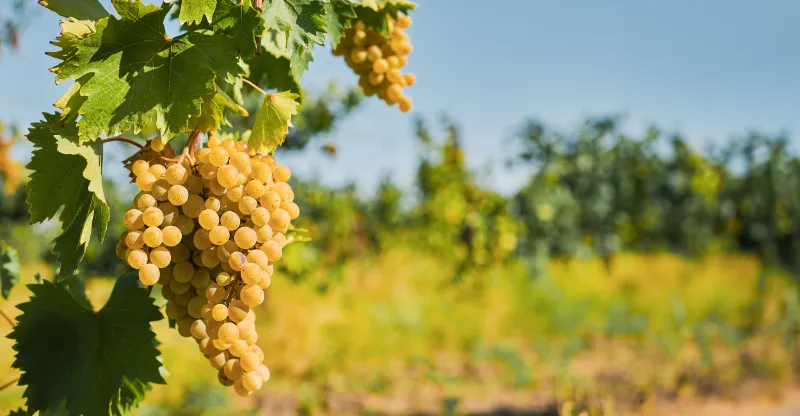
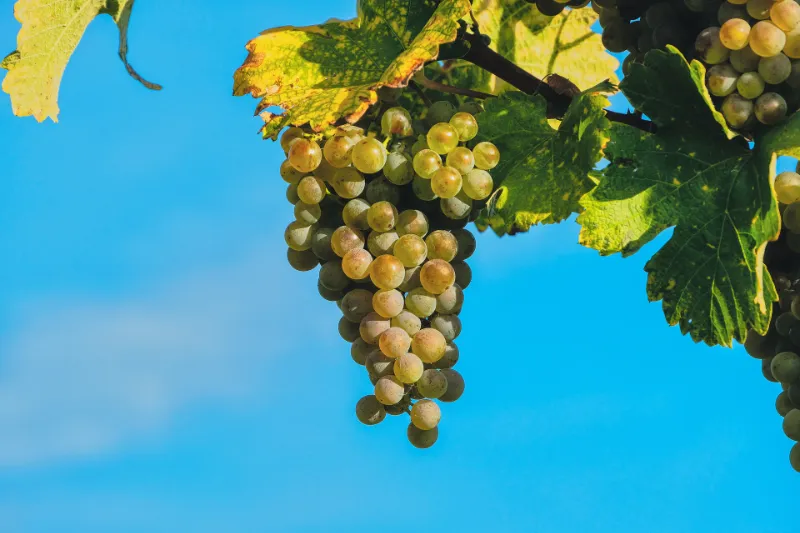
Vidiano
Distinguishing Vidiano are aromas and flavours of rather tropical fruits such as apricot, quince, bergamot and citrus, possibly preceded by scents of botanics and faint floral aromas. It can leave a rich viscous mouthfeel with hints of sweet vanilla and butterscotch. The wine has nearly always an invigorating citrussy acidity on a well-rounded dry palate.
Vidiano is a charismatic grape that has earned the reputation of white ‘diva’ of Crete. It was rescued from extinction in the 1980s by propagating stock from ungrafted old vines found in the village of Fourfouras in the prefecture of Rethymno, where it has a historical foothold. Nowadays, the variety has sprawled all over Crete, covering over 200 hectares on the island, and farther afield to Northern Greece, Kavala (Pangeo) and Pieria. Vidiano is therefore one of the most surprising varietal discoveries of recent years.
Assyrtiko of Santorini
When dry, Assyrtiko is usually pleasantly taut and its hallmark is an unmatched purity and minerality with a persistent elegant aftertaste. The nose is typically a mixed bag of succulent citrus fruit flavours like lemon, lime, orange and riper yellow fruits, depending on the wine’s terroir.
Assyrtiko is a world-class white wine grape and one of the greatest varieties found in the Mediterranean basin. It originated in the volcanic soils of its native home of Santorini where it is still grown till this day, unaffected by phylloxera since time immemorial. The vine has high resistance to drought, powdery mildew and botrytis. Understandably, Assyrtiko has now spread all over Greece and become one of the most prized native varieties with wide modern appeal, especially as an unconventional terroir-driven wine with laser sharp focus and intensity.
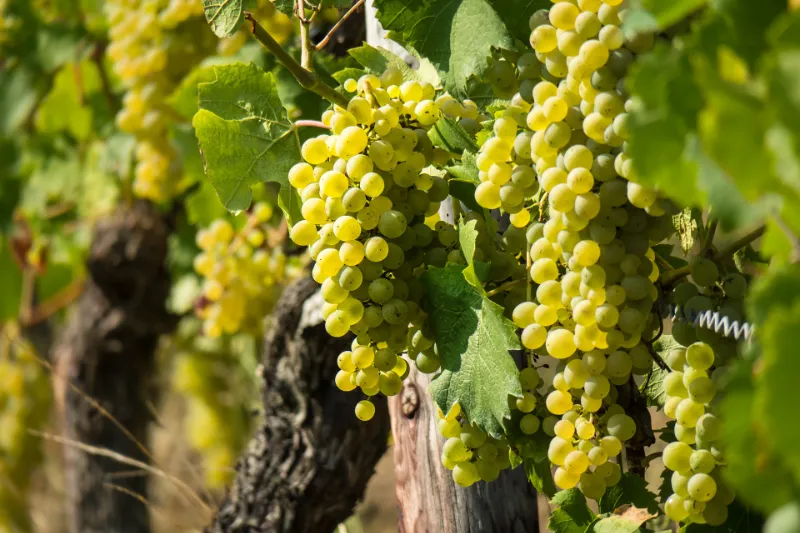
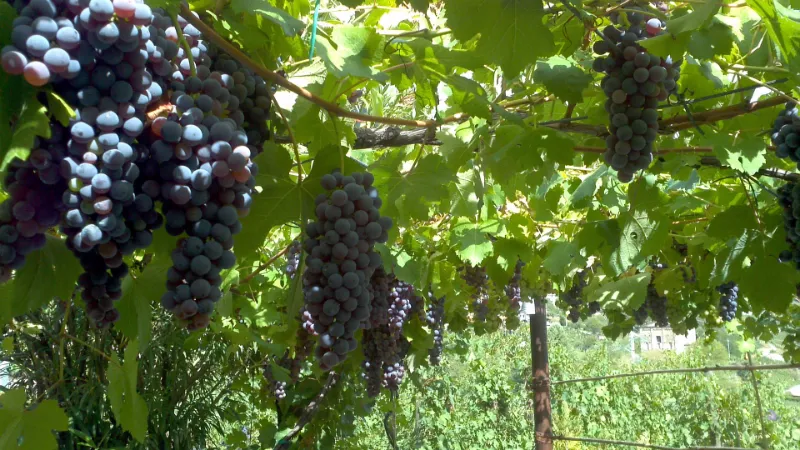
Kotsifali
As a single varietal, Kotsifali is typically a suave and potentially intensely aromatic wine with aromas and flavours of red summer fruit like sour cherry, strawberry, plum and even dried figs, fused with hints of wild herbs and sweet spices such as cinnamon and possibly tobacco when made in an ageworthy style. Kotsifali is one of the chief red grape varieties grown in Crete where it has been cultivated at least as early as the 14th century as evidenced by ancient scripts, and contributed to the production of Cretan Malvasia. It is said to be named after the ‘kotsyfi’ or blackbird that likes to peck at the nutritious grapes. Kotsifali gives a ‘typical Mediterranean’ red wine, with a soft colour, intense aromas, relatively high alcohol content, mild tannins and fair acidity. Hence, Kotsifali is regularly blended with many other red grape varieties, either international or indigenous, the main one being Mandilaria.
Xinomavro
When vinified as a dry red wine, Xinomavro tastes rich and complex with aromas of red and black fruits, accompanied by characteristic tomato and olive fragrances. With age, it develops flavours of plum, fig, tapenade and spice. The tannins are usually noticeable but rounded and persistent together with fresh acidity in a long aftertaste.
Xinomavro is a uniquely special variety. It gives wines with very distinctive aromas and flavours that are often instantly recognisable even when tasted blind. Recently, two wine styles have emerged: a) the modern version of wines made with deep colour and more concentrated fruity aromas but less aggressive tannins, and b) the more angular style of wines with accentuated aromas of tomato, olive and dried fruit but also high acidity and more aggressive tannins.
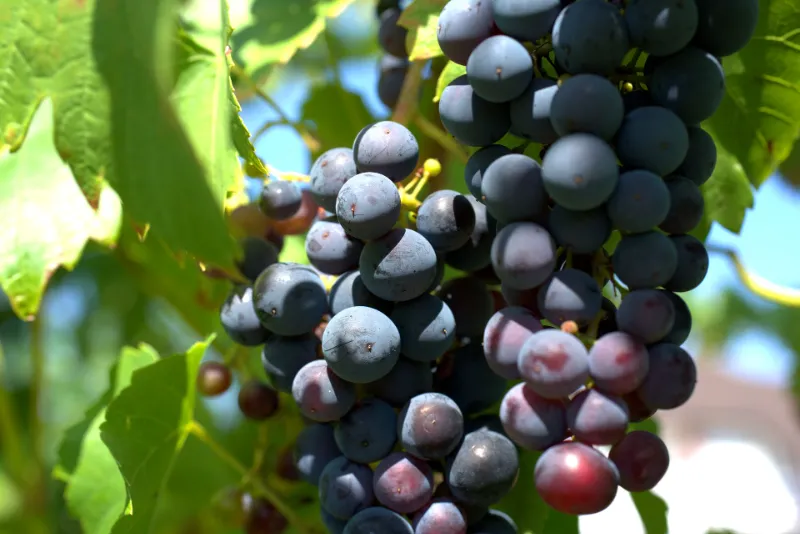
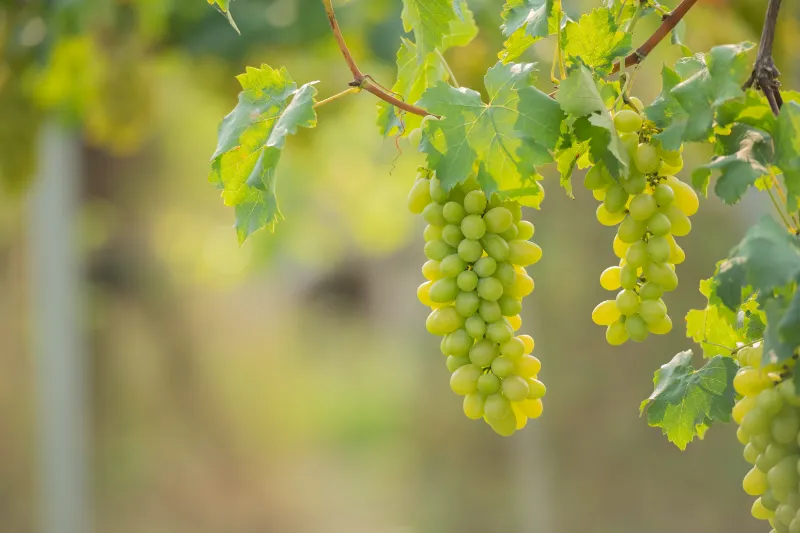
Moscato
The Muscat grape is typically vinified into sweet dessert wine that is very perfumed of rose petals and orange blossom. When still young, it has a rather grape-like flavour which with age becomes more suggestive of peach, melon, apricot, marmalade and candied fruit. The small-berried white Muscat grape is certainly one of the most important varieties of Greece, known since antiquity for its sweet wines which are regarded as some of the finest dessert wines in the world.
Kissed by the bright Greek sun, Moscato or Muscat Blanc turns into expressive wines that are allusive of the unique terroir from which they hail. The five predominant controlled appellation of origin areas producing small-berried White Muscat PDO sweet wines are Samos and Rhodes in the Aegean Sea and Patras, Rio of Patras and Kefalonia in the Ionian Sea.